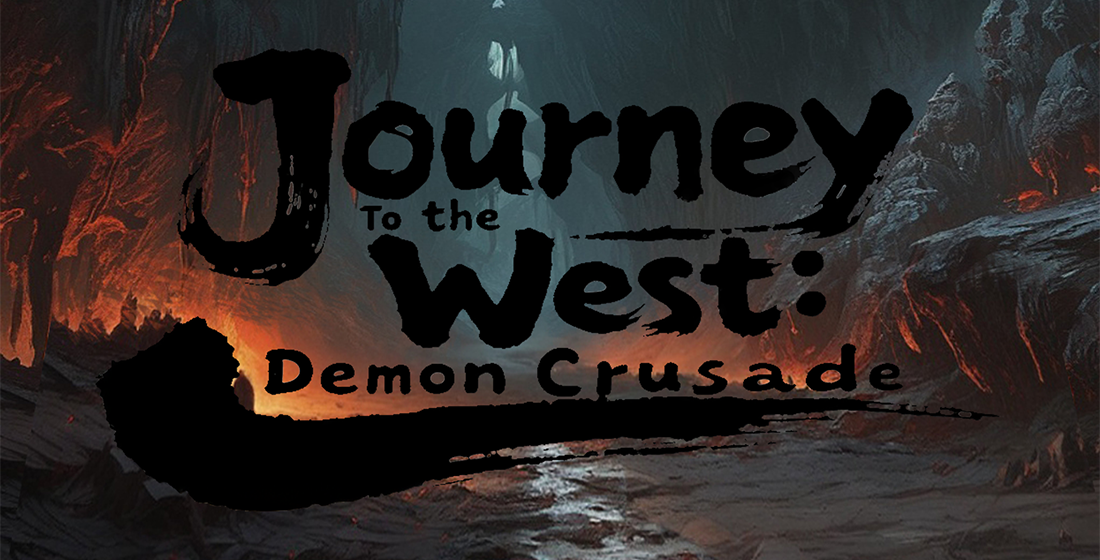Why Building Games Are the Future of Simulation Gaming: Unleashing Creativity and Strategy
When we talk about gaming, many think of action-packed adventures or thrilling sports simulations. However, a quieter revolution is taking place in the world of gaming—building games are on the rise, and they are reshaping the landscape of simulation gaming. These games not only engage players but also foster creativity and strategic thinking, providing a space where endless possibilities reign. In this article, we’re going to explore why building games are the future of simulation gaming and what makes them so appealing.
Understanding Building Games
Building games, at their core, allow players to construct, create, and shape their environments. Titles like Minecraft, Roblox, and even simulation-heavy games like The Sims offer players the tools to unleash their creativity. Players can build worlds, design homes, or even create their own games within games. But why has this genre gained such momentum?
- Creativity: Players express their unique ideas.
- Strategy: Planning and executing complex structures promote critical thinking.
- Community: Building games often foster strong communities where players share their creations.
The Appeal of Simulation Games
Simulation games have long captivated audiences with their realism and immersive experiences. They allow players to take on roles and manage various aspects of life, often mimicking real-world scenarios. Building games, as a subset of simulation games, capitalize on this appeal. Players aren't just performing tasks—they're constructing entire worlds. This level of engagement is what sets building games apart.
Creativity Unleashed
One of the strongest draws of building games is their ability to unlock creativity. Whether creating a tiny home in The Sims or a sprawling city in SimCity, players have the opportunity to bring their visions to life. Unlike linear games that funnel players through a predetermined path, building games offer the sweet freedom to experiment and innovate.
For instance, let’s take a look at the differences between traditional simulation games and building games:
| Aspect | Traditional Simulation Games | Building Games |
|---|---|---|
| Structure | Linear Path | Open-Ended Opportunities |
| Objective | Complete Tasks | Create and Explore |
| Player Interaction | Single Player Focus | Community Driven |
Strategic Depth
Building games also involve a significant strategic component. Players need to think critically about their resources, managing them efficiently to build their dreams. Whether it's balancing budgets in SimCity or ensuring enough materials are on hand in Minecraft, these games teach players the value of planning and resource management.
The Role of Community
In today’s gaming sphere, community plays a pivotal role. Building games often include features that allow players to share their creations, collaborate on projects, or even take part in competitions. For example, in Roblox, players not only build but can also play games created by others, fostering a sense of camaraderie and shared experience.
This community aspect can lead to immense learning opportunities. Players observe others' creations, get inspired, and often, share tips and tricks to improve. This organic collaboration enhances the gaming experience, making it more than just a solitary endeavor.
Market Trends and Future Possibilities
With the gaming market continually evolving, building games are already gaining traction. As technology advances, the potential for even richer, more complex building mechanics becomes a reality. Virtual reality (VR) and augmented reality (AR) are leading the way, creating immersive experiences allowing players to walk through their creations. Imagine designing a home in The Sims and then actually stepping inside it to see how it feels!
Conclusion
In summary, building games are set to become a cornerstone of simulation gaming due to their ability to merge creativity with strategy. They provide players with not just games, but entire ecosystems where imagination knows no bounds. The rise of community, coupled with technological advancements, promises a bright future wherein building games will continue to thrive and evolve. As players, we’re not just observers of our worlds; we are the creators. So whether it’s through the last Star Wars game or the latest simulation title, the opportunity to build and create is only getting started!



